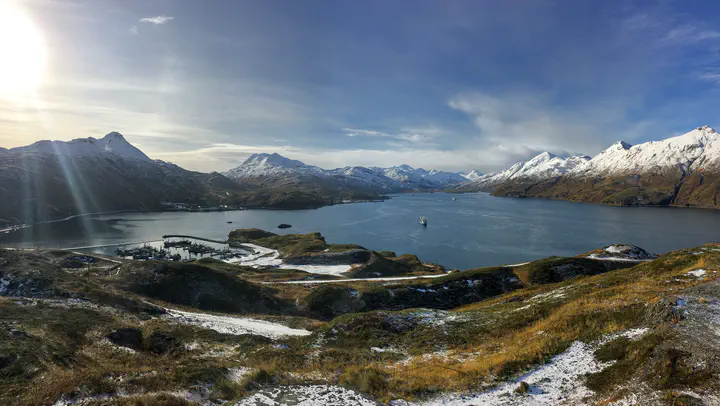Forecasting Bering Sea Groundfish Distributions

Changes to Earth’s climate affect organisms globally, including those inhabiting the Bering Sea. In marine systems, these impacts are often seen through warming water temperatures and may lead to movement of impacted species to more favorable conditions; in Alaska, some adult groundfish population distributions have shifted northward. While this movement is apparent at the adult life stage, the response of the early life stages of marine fish to current and future climate variability is less clear. Many fish species are constrained by either geography, meaning they spawn in specific locations to allow for local retention of offspring, or by phenology, which leads to spawning at certain times to facilitate transport of offspring to nursery locations through seasonal circulation patterns. In the eastern Bering Sea, commercially important groundfishes exhibit both strategies; small, shelf-dwelling flatfishes typically exhibit spatial constraints while walleye pollock and large, slope-dwelling flatfishes often demonstrate temporal constraints. Our research aims to investigate how the changing climate has historically, and will in the future, impact the location and timing of spawning of these two groups of Bering Sea groundfishes. To determine which species will experience distributional shifts under future climate scenarios, we estimated past and future species distributions over the next century using generalized additive models with variable coefficients. We found that distributions changed over time for most species by the end of the century, either becoming more concentrated in specific areas or moving location. In some cases, higher emission scenarios led to a greater magnitude of shift in distribution. Slope-dwelling species like Pacific cod and northern rock sole more often exhibited increasingly concentrated distributions while shelf-dwelling species like Alaska plaice and yellowfin sole typically exhibited movement of their population distribution. These results show that over the next century the early life stages of Bering Sea groundfishes will likely shift in response to changing oceanographic conditions. By investigating how fish spawning distributions will be influenced by climate change, we can provide fishery managers with a better understanding of which stocks will be at risk in the future due to a high degree of geographic or phenological constraints.